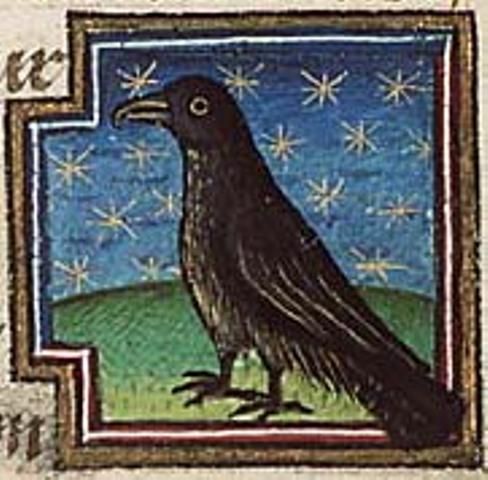















Druid's egg
AKA: anguinum; glain y nidir; mān macal.
According to Pliny's Natural History, XXIX.52.:
There is also another kind of egg, of much renown in the Gallic provinces, but ignored by the Greeks. In the summer, numberless snakes entwine themselves into a ball, held together by a secretion from their bodies and by their spittle. this is called anguinum. The Druids say that hissing serpents throw this up into the air, and that it must be caught in a cloak, and not allowed to touch the ground; and that one must instantly take flight on horse-back, as the serpents will pursue until some stream cuts them out. It may be tested, they say, by seeing if it flaots against the current of a river, even though it be set in gold. But as it is the way of magicians to cast a cunning veil about their frauds, they pretend that these eggs can only be taken on a certain day of the moon, as though it rested with mankind to make the moon and the serpents accord as to the moment of the operation. I myself, however, have seen one of these eggs; it was round, and about as large as a smallish apple; the shell was cartalaginous, and pocked like the arms of a polypus.Apparently, the druid's egg was believed to create a favorable outcome in courts of law; enough so that the Romans outlawed carrying one into any courtroom, and would put to death anyone caught carrying such an object.
In recent times, there has been some debate as to what Pliny is describing: is it made of glass? is it a type of sea shell? Lately, there have been some glass baubles found in Wales and Scotland that some claim are the "eggs" in question, but whether they actually are or not is unknowable.
In Wales, there is still some belief in the objects; they call them mān macal (snare stones), and glain y nidir (the snake's jewel).

Back to "D" | Back to JCE
Home
Mary Jones © 2004